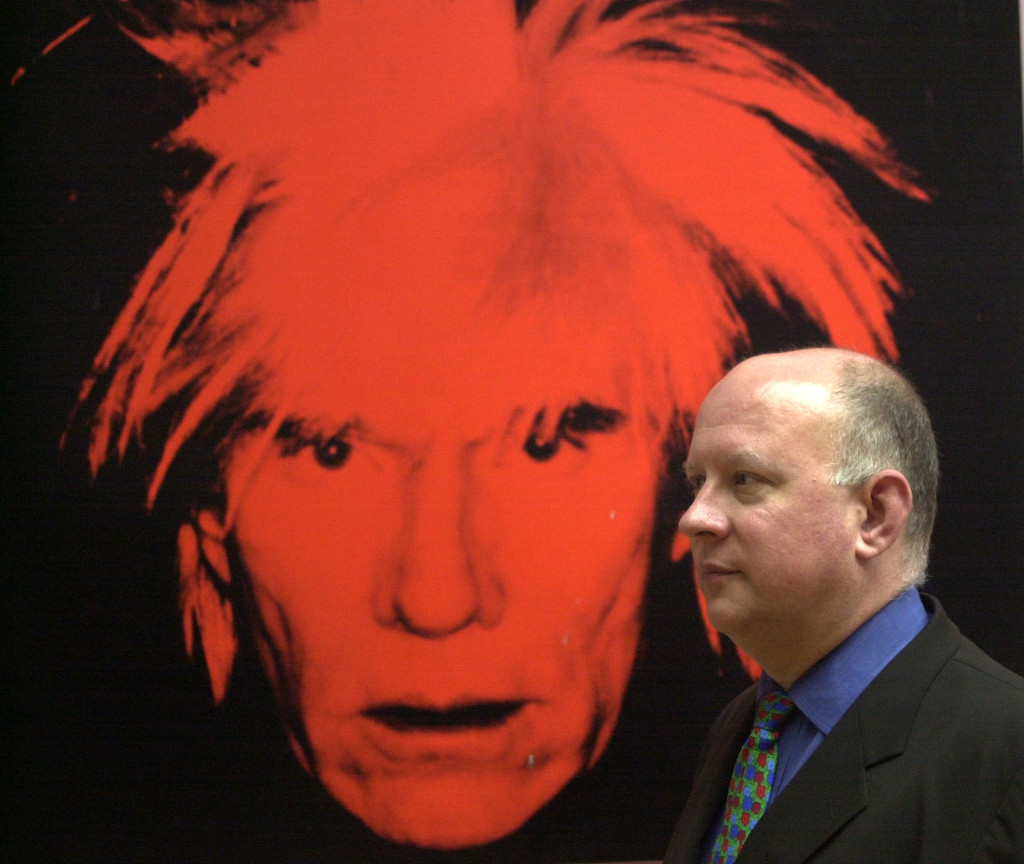[ad_1]
Thomas Sokolowski, who transformed the art world through his leadership of several noted U.S. art institutions and through his AIDS activism, has died at 70 in New Brunswick, New Jersey. An announcement issued to members of the International Association of Art Critics said that he died following a seizure that had caused extensive brain damage.
Over the course of his career, Sokolowski, who was the current director of Rutgers University’s Zimmerli Art Museum, held a variety of high-ranking positions at museums across the country, though his legacy may be felt most strongly in activist circles. In 1988, Sokolowski became one of the four founders of Visual AIDS, an organization that has worked tirelessly to raise awareness for AIDS in the art world and to support the work and legacies of HIV-positive artists. Inspired by an exhibition of Nicholas Nixon photographs at the Museum of Modern Art titled “People with AIDS,” Visual AIDS was founded after its organizers established a mutual desire to “change how we looked at this tragedy,” Sokolowski once said.
The year after the organization’s founding, Sokolowski helped stage what he and his cofounders—Gary Garrels, Robert Atkins, and William Olander—termed a “Day Without Art,” in which art spaces shut their doors and altered their exhibitions. Various major museums joined in, including the Metropolitan Museum of Art, which temporarily removed a Picasso portrait of the lesbian poet Gertrude Stein and offered free condoms to promote safe sex. The protest-minded event received national coverage and has since taken place annually.
“The premise was if this disease goes unabated, there would at one point be no artists to hang art on the walls, no museum professionals, no critics, no art handlers and no visitors,” Sokolowski told the Daily Targum in 2018. “So it would be a day without art.”
Sokolowski’s ability to get institutions of the Met’s caliber to participate came because he had established himself as an important figure in the museum world. By the ’90s, he had held high-ranking positions at the Chrysler Museum of Art in Norfolk, Virginia, first as a curator of European painting and sculpture and then as chief curator, and was later the director of New York University’s Grey Art Gallery. Among the shows he curated during his tenure at the Grey, which he led from 1984 to 1996, were a survey of Andy Warhol’s early art and business; “Against Nature: Japanese Art in the Eighties,” organized with Kathy Halbreich; “From Media to Metaphor,” a landmark survey of the ways artists represented AIDS in their work that was co-curated with Robert Atkins; and “Morality Tales,” an exhibition about the reemergence of history painting during the 1980s.
After leaving the Grey, Sokolowski became the director of the Andy Warhol Museum in Pittsburgh, Pennsylvania, which was just two years old when he joined in 1996. “There’s a climate of immediacy in Warhol’s images that contributes to his valuation as the most important artist of the second half of the century, bar none,” Sokolowski told Carnegie Magazine around that time. “Not only for America, but, I think, for the world.”
By the time Sokolowski left the Andy Warhol Museum in 2017 to become the director of the Zimmerli Art Museum, he had helped the institution became an important one. The museum has reported that it received more than 9 million visitors under his tenure and that it brought in more than $30 million in revenue.
Partly, that was thanks to the wide-ranging exhibition program he established. While there were of course shows devoted to the namesake Pop artist, there were also ones that seemingly had little to do with his work. Sokolowski once listed among his major achievements at the institution a small show called “Abu Ghraib: Inconvenient Evidence” that was organized with New York’s International Center of Photography in 2004. It featured widely published photographs of the abuse of prisoners at the Abu Ghraib prison in Iraq by U.S. soldiers—pictures that were not typically considered artworks.
Thomas Sokolowski was born in 1950, and received his bachelor’s degree from the University of Chicago and a master’s from New York University. Alongside his institutional leadership roles, Sokolowski also served on the committee behind the “Aperto” section of the Venice Biennale in 1986, which that year focused on what a New York Times report called “a new kind of Conceptual art and a new kind of poetic image or object.” He also held teaching posts at NYU, the University of Minnesota, and Kent State University in Ohio.
Sokolowski’s curatorial program tended toward globalism and activism—topics that were only beginning to take hold in the mainstream art world when he began his career. Shortly after he started at the Zimmerli Art Museum, he told Princeton Info, “Some people say I have an open door policy, but I say I have an open mind policy.”
[ad_2]
Source link


